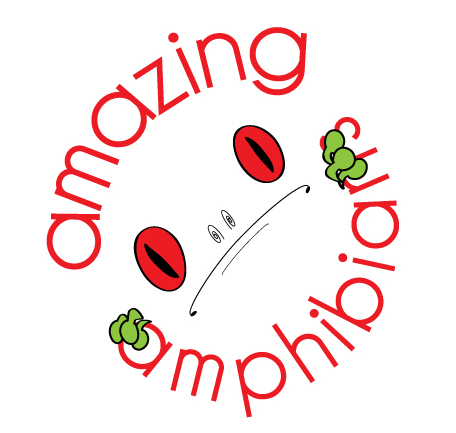|
Hydromantes genei (Temminck and Schlegel, 1838)
Sardinian Cave Salamander, Sardischer Schleuderzungensalamander, Euroopa koopaojalik, Salamandra cavernicola de Cerdeña, Spélèrpes de Gené, Geotritone di Gené, Geotritone iglesiente, Barna barlangi-sz Subgenus: Atylodes | family: Plethodontidae subfamily: Plethodontinae genus: Hydromantes |
 © 2015 Dr. Joachim Nerz (1 of 13) |
|
|
|
Description Distribution and Habitat Country distribution from AmphibiaWeb's database: Italy
Life History, Abundance, Activity, and Special Behaviors Trends and Threats Possible reasons for amphibian decline Habitat modification from deforestation, or logging related activities Comments
References
Boehme, W., Grossenbacher, K., and Thiesmeier, B. (1999). Handbuch der Reptilien und Amphibien Europas, band 4/I:Schwanzlurche (Urodela). Aula-Verlag, Wiesbaden. Gasc, J.-P. (1997). Atlas of Amphibians and Reptiles in Europe. Societas Europaea Herpetologica, Bonn, Germany. Nöllert, A. and Nöllert, C. (1992). Die Amphibien Europas. Franckh-Kosmos Verlags-GmbH and Company, Stuttgart. Stumpel-Rieks, S. E. (1992). Nomina Herpetofaunae Europaeae. AULA-Verlag, Wiesbaden. Originally submitted by: Arie van der Meijden (first posted 1999-11-03) Edited by: David B. Wake (2021-01-26) Species Account Citation: AmphibiaWeb 2021 Hydromantes genei: Sardinian Cave Salamander <https://amphibiaweb.org/species/4074> University of California, Berkeley, CA, USA. Accessed May 20, 2025.
Feedback or comments about this page.
Citation: AmphibiaWeb. 2025. <https://amphibiaweb.org> University of California, Berkeley, CA, USA. Accessed 20 May 2025. AmphibiaWeb's policy on data use. |


 Raffaëlli Account
Raffaëlli Account Map of Life
Map of Life Featured in Amazing Amphibians on 13 May 2013
Featured in Amazing Amphibians on 13 May 2013